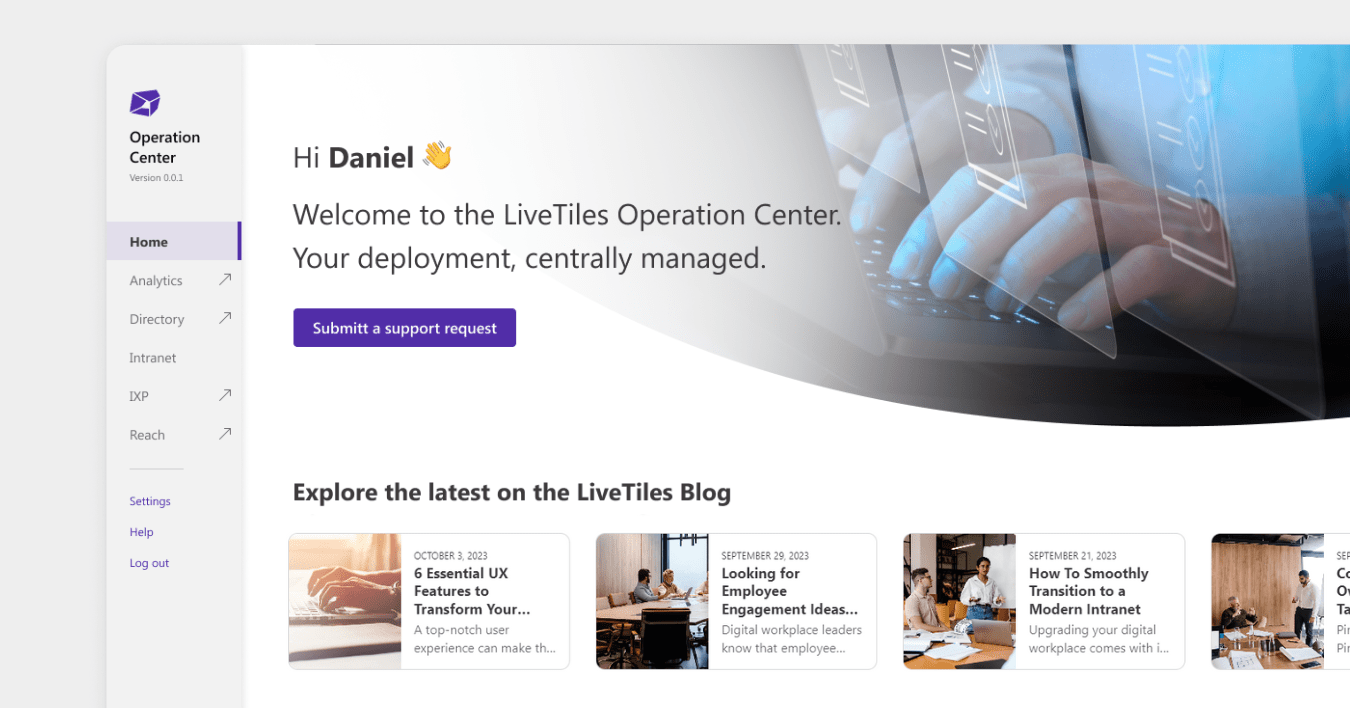How Employee Experience Impacts Your Bottom Line
The popular adage goes: the customer is always right. But what if we applied a similar principle when dealing with our employees?
Renowned entrepreneur Richard Branson is one of the most influential people in business and strongly believes in this philosophy. In an interview with Inc., Branson says, “My philosophy has always been: if you can effectively put staff first, your customers second, and shareholders third, in the end, the shareholders do well, the customers do better, and you, yourself, are happy.”
For business leaders like Branson, ensuring staff is treated well translates to better customer service. In turn, they deliver better returns for a business. However, for many employers, the importance of employees’ roles in creating a great customer experience and driving revenue can be unclear because it’s difficult to quantify.
Finding ways to quantify employee experience
The challenge of quantifying how much employee experience (EX) impacts revenue is something that researchers aim to address in a technical research paper called “The Value of Employee Experience, Quantified”.
The research, conducted by experts from Salesforce and Barnard College of Columbia University, studied financial and people data from a global retail brand with 1,000 stores across the US.
Researchers identified four metrics to quantify EX: 1) employee longevity, 2) full-time/part-time status, 3) prior internal rotations, and 4) skill level and used this to create hypothetical financial estimates based on four performance levels in employee experience.
Based on this research model, they found:
- Stores that ranked among the bottom 25% in employee experience performance generated an hourly revenue of $57, whereas stores in the top 25% generated an hourly revenue of $87. If the bottom 25% make changes that shift their performance to match that of the top 25%, this can lead to over 50% increase in revenue.
- A store in the bottom 25% spends $16 per hour, generating $41 in profits. By investing an additional $12 per hour to improve employee experience performance enough to be included in the top 25%, the store will earn an extra $18 per hour of profit — a 150% return on investment (ROI).
- Jumping from bottom to top in terms of performance may seem unrealistic. Hence, the research paper provides a more feasible example: If the chief human resource officer of this global retail brand successfully gets every store to raise their employee experience performance by one level (e.g. bottom to second-to-bottom, or from second-to-bottom to third), it would lead to a 6% increase in total annual revenue across the entire company.
- With other assumptions factored in, the research finds “that the 5-year ROI of this employee investment would be around 30%, and the 10-year ROI would be more than 80%.”
This detailed research shows that investing in people and employee experience directly translates to better customer experience and revenue. “Put simply,” the researchers say: “Stores whose customer-facing employee base was more tenured, had more experience in prior rotations, was higher skilled, and was more skewed towards full-time generated far more sales per hour.”
Better employee experience = better customer service and improved bottom line
Based on this ground-breaking research, an employee’s tenure, job experience, and skills can directly affect a company’s bottom line. This emphasises the need for better employee experience to improve talent retention and skills development.
In our white paper, “The Business Case for Employee Retention”, we emphasise the high costs of employee turnover. For example, Employers spend an average of 33% of a worker’s annual salary to replace one person, considering the price of recruiting, onboarding, and training replacement workers. This cost alone can significantly impact any company’s bottom line.
In our work with LiveTiles’ customer community, we’ve also seen proof of how better employee experience translates to better customer service and the bottom line. Here are just a few examples.
For organisations offering healthcare services like Walsall Healthcare NHS Trust, the correlation between employee experience and bottom line was especially emphasised during the pandemic. The influx of patients severely tested the Trust’s resilience and its employees’ ability to deliver the needed services. Providing an easy way for everyone to get the latest information and connect with the organisation and other staff members became a crucial need.
To ensure that the staff felt connected and supported as they carried out their duties, the Trust invested in a mobile-first employee experience platform using LiveTiles Reach. The app allows staff to stay updated with the latest news and information and connect for professional and social reasons.
For global institutions like Creditsafe to keep delivering excellent client services and remain competitive, they needed better ways to keep their dispersed and diverse workforce informed, educated, and connected. They accomplished this using LiveTiles Intranet Enterprise, which integrated well with the company’s existing Microsoft Azure infrastructure.
Creditsafe’s Head of Marketing, David O’Reilly, and his team focused on creating various types of engaging and relevant content to keep employees engaged and connected wherever they happened to be located. After success, Creditsafe is trialling the next phase, which includes sales training to help improve service delivery.
For our fast-food giant client, with over 2000 stores in the US, getting new branches up and running on schedule is crucial to ensuring a good ROI. We revamped their intranet to make it more user-friendly so the client and their contractors and franchisees can easily find the information they need in seconds on a mobile device or desktop. This one-stop comms platform and instruction manual for internal staff and contractors helped ensure new branches were opened on schedule by keeping everyone connected and informed.
Invest in employee experience to invest in business growth
With the technical research paper cited above and our own experiences and studies, it’s clear that an investment in employee experience is an investment in business growth. The analysis from the research paper “illustrates the value of connecting people data with financial data” and emphasises the role HR plays in driving customer experience and revenue.
And HR isn’t the only key player in providing a great employee experience that improves the bottom line. Employee experience is no longer a mere responsibility of the HR department; everyone in the organisation has a role to play—from HR to IT to leaders and even the employees themselves.








